Environmentally Conscious Living
Environmentally conscious living is a lifestyle that prioritizes the planet’s health alongside our own. In today’s world, understanding the environmental impact of our daily choices has never been more crucial. This article will explore practical ways to reduce our ecological footprint, highlighting how adopting eco-friendly practices, investing in sustainable products, and being mindful of our environmental impact can preserve the world for future generations and enrich our lives.
As we navigate the options available to us, from eco-friendly habits to sustainable products, it is clear that small changes can significantly benefit our environment. Whether you’re a seasoned green warrior or a newcomer to the concept of sustainable living, join us as we delve into the heart of environmentally conscious choices that can transform our world.

Table of Contents
Simple Steps to Be Environmentally Conscious
Reuse, Repurpose, Reduce and Recycle
There is so much to say here, but if you can reuse something, do. If you can find a new use for something you already own, that would be fantastic! Reduce what you buy and try to use what you have. Recycling is important, but if you do the first three, you’ll have less to recycle.
Another benefit of reusing, repurposing, and reducing is the impact on your wallet! Being creative with what you have, reusing, and reducing your purchases saves you money!
Here are some ideas to consider:
- Glass Jars: Reuse glass jars from foods like sauces and jams as containers for leftovers, homemade dressings, or small vases for flowers. They can also be great for organizing craft supplies, screws, and nails. I used empty Starbucks Frappuccino bottles for these darling candles.
- Old T-Shirts: Turn worn-out T-shirts into cleaning rags, or get crafty and create T-shirt yarn for knitting or crocheting. You can also sew old T-shirts into reusable grocery bags.
- Furniture: Instead of buying new, repaint or refinish old furniture to give it a fresh look. An old dresser can be transformed into a kitchen island, and a vintage door can become a headboard, desk or tabletop. The desk I work on every day used to be a door.
- Tin Cans: Clean out tin cans and remove any sharp edges to use as pencil holders, plant pots, or lanterns. For a more decorative look, paint them or cover them with fabric.
- Wine Corks: Collect wine corks to make coasters, trivets, or even a cork bulletin board. They can also be sliced into stamps for crafting.
- Old Sheets, Bedspreads, and Towels: Use old sheets and towels as drop cloths for painting or cut them into squares for homemade napkins or handkerchiefs. I used an old Candlewick bedspread to make these hand towels.
- Cardboard Boxes: Cardboard boxes can be cut up and used to create custom drawer organizers, kids’ playhouses, or for storage.
Cleaning Supplies
Not only do I not want unnecessary chemicals in my body, but I don’t want to put them into our waterways and environment. With all cleaning products, there’s a balance we need to achieve; it must do the job, do it without harming the environment and without breaking the bank!
I’m also a big believer in one multi-purpose cleaning product as opposed to several single-use cleaners. For instance, I don’t believe a toilet bowl cleaner knows it is a toilet bowl cleaner and is uniquely qualified to clean a toilet! I think a good multi-purpose cleaner will clean a toilet just as well.
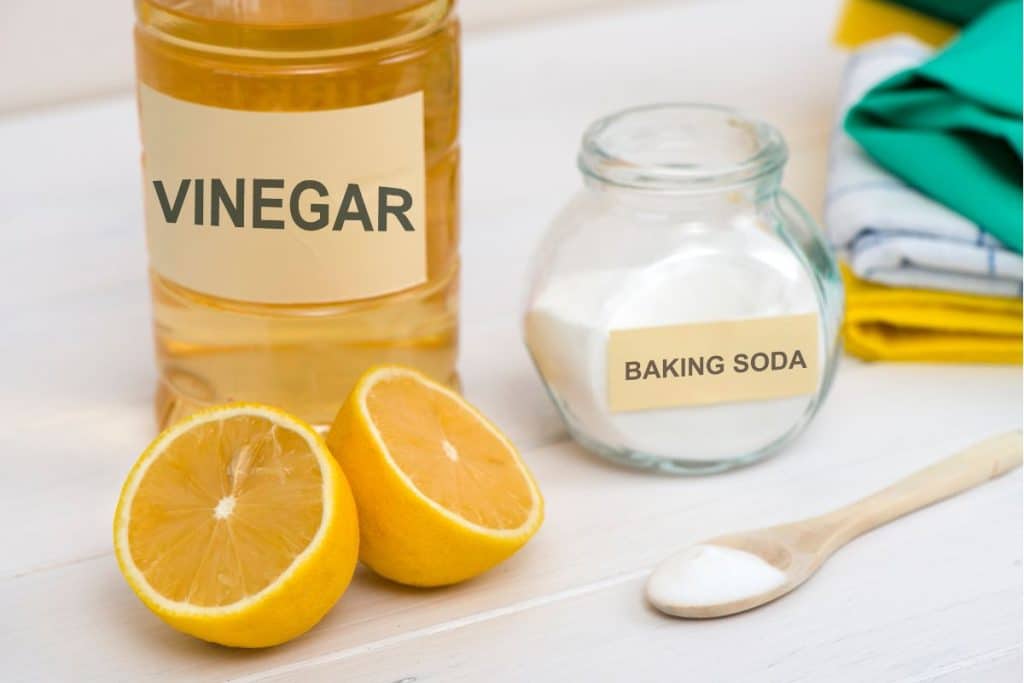
- Vinegar and Baking Soda are versatile and environmentally conscious cleaning agents that can be used to clean many surfaces and items around your home. Here are some common uses along with the appropriate ratios:
- Floor Cleaner: For a general floor cleaner (not appropriate for hardwood), use a mixture of 1/2 cup of vinegar and a gallon of water (1:3 ratio). This can effectively clean tile, vinyl, and linoleum floors.
- Microwave Cleaner: Mix equal parts of vinegar and water in a microwave-safe bowl (1:1 ratio). Microwave the solution for a few minutes until it steams. This helps loosen grime and food splatters, making it easier to wipe clean.
- Kitchen Counter and Appliance Cleaner: A simple mixture of equal parts water and vinegar can clean appliances’ countertops, stovetops, and exterior surfaces. However, avoid using vinegar on granite or marble as it can etch the stone.
- Descaling Coffee Makers: To clean your coffee maker, you can run a mixture of equal parts vinegar and water through it. This helps remove mineral buildup and cleans internal components. Rinse well to avoid vinegar after taste in your morning brew!
- Fabric Softener: Vinegar is a great, natural fabric softener. Add 1/2 cup of vinegar to the rinse cycle of your wash (no need to dilute with water). This is especially useful for removing soap residue and softening clothes without harsh chemicals.
- Deodorizing Drains: Pour 1/2 cup of baking soda down the drain, followed by 1 cup of vinegar. Let it fizz for a few minutes, then flush with hot water. This helps deodorize the drain and clear minor clogs.
- Bathroom Cleaner: For a more potent cleaner, use a 1:1 vinegar-water mixture to tackle soap scum and water stains in the bathroom. For more sensitive surfaces, dilute further.
- Drain Cleaner: To unclog and deodorize drains, pour 1/2 cup of baking soda directly down the drain, followed by 1 cup of vinegar. Let the mixture fizz and sit for about 15 minutes, then flush with hot water. This helps clear minor clogs and eliminate odors.
- Grout Cleaner: Make a paste with two parts baking soda to one part vinegar (e.g., 2 tablespoons baking soda to 1 tablespoon vinegar). Apply this paste to grout lines with a toothbrush, scrub, and then rinse with water. This is effective for removing grime and mildew.
- General Surface Cleaner: For a mild cleaner on surfaces like countertops and tables (not marble or granite), sprinkle baking soda lightly on the surface and spray with vinegar diluted in water (1:1 ratio). Wipe clean for a residue-free shine.
- When it’s time to get a new box of baking soda or baking powder, I put the ‘expired’ soda or powder under my kitchen sink and use it as a sink scrub, on its own or mixed with a wee bit of Thieves or vinegar.
- I make my own environmentally friendly glass cleaner using this recipe: 1/4 cup of rubbing alcohol, 1/4 cup of white vinegar, 1 TB cornstarch, and 2 cups of warm water. This keeps well; I probably mix up a batch once a year. Instead of purchasing a new spray bottle, recycle an old one. Just shake it well before you use it each time.
We’ve been using the following earth-friendly products for years and find them not only effective in doing their assigned job but also gentle on the environment:
Some of these links may be Amazon affiliate links and I may earn a small commission from the sale of these products to help defray the costs of operating this site, but the price you are charged is not affected. You can see my full disclosure policy here.
- I’ve been using Seventh Generation dishwasher pods for as long as I can remember, and I am a big fan. Gone are the days of opening my dishwasher to a face full of chlorine steam and fragrance. The pods clean very well. I’ve since become more aware of all the microplastics in our environment and hope the company produces a plastic-free version. Earth Breeze has well-rated plastic-free Dishwasher pods, but they are a bit more expensive than the Seventh Generation. I may give them a try after I finish my current stash.
- We’ve just recently started using Clean People Laundry Sheets, and so far, they work well. I haven’t used them during the summer when we work in the yard all day. I’ll keep you posted.
- When my daughter set up her first apartment, I gifted her the first bottle of Thieves Household Cleaner concentrate, and she was hooked! The price may seem expensive initially, but remember that this is a concentrate, and you only need 1/2 of a tablespoon for every two cups of water for an all-purpose cleaner. I probably only buy one bottle every 3-4 years and use it throughout the house. Not only does it clean well, but it smells great (cloves and oranges) and is gentle on the environment. Using concentrates is a great way to keep bottles out of landfills!
Reduce Food Waste
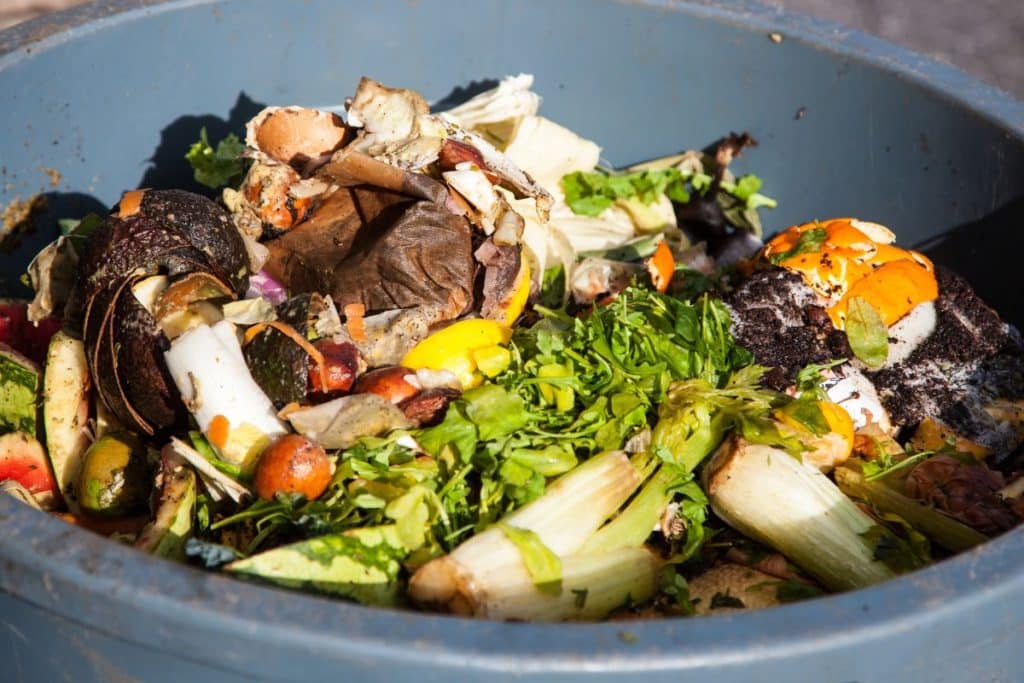
Did you know the average American wastes around 200 pounds of food yearly?! Think about a) how bad that is for the environment and b) how much money we throw away by doing that!
Food waste that ends up in landfills decomposes anaerobically (without oxygen), producing methane, a potent greenhouse gas. Methane is significantly more effective at trapping heat in the atmosphere than carbon dioxide, contributing to global warming and climate change. Reducing the amount of food waste sent to landfills can significantly cut methane emissions.
I have a whole post on Tips to Reduce Food Waste here.
Composting is Environmentally Conscious
We are big composters! I struggle when I visit friends or family who don’t compost as I know the value of a good banana peel or a filter filled with coffee grounds. I kind of cringe when I have to throw something away instead of composting it.
If you are new to composting, I’ve got you covered! We have several articles dedicated to composting. Check them out.
- How to Compost
- How to Use Eggshells to Amend Your Soil
- What is Compost Tea?
- How to Make a Compost Tea Brewer
Composting has so many benefits. Not only does it benefit your garden and wallet, it is also environmentally conscious.
- Waste Reduction: Composting can divert up to 30% of household waste from landfills. This includes kitchen scraps, yard waste, and certain types of paper, reducing waste sent to landfills. In addition to expected kitchen scraps, we compost all brown paper, toilet paper rolls, brown bags, tea bags, etc…
- Soil Improvement: Compost is a rich soil amendment. It adds organic matter to the soil, which improves soil structure, aeration, and water retention. This can help combat soil erosion and promote healthier root development for plants.
- Nutrient Recycling: Composting converts organic materials into a nutrient-rich soil additive, providing plants with essential nutrients such as nitrogen, phosphorus, and potassium, naturally. This reduces the need for chemical fertilizers, which are more expensive and can harm the environment.
- Water Conservation: Compost helps soil retain moisture, which reduces the need for frequent watering. This can be especially beneficial in dry areas or during periods of drought, helping to conserve water.
- Climate Change Mitigation: Composting organic waste reduces methane emissions from landfills and lowers your carbon footprint. Methane is a potent greenhouse gas, and reducing its release into the atmosphere is crucial for climate change mitigation.
- Encourages Biodiversity: Compost supports a range of soil life, including beneficial bacteria, fungi, worms, and other microorganisms that play critical roles in the nutrient cycles and help maintain healthy soil.
- Cost Savings: Composting saves money by reducing the need for commercial soil amendments and fertilizers. It can also potentially reduce municipal waste disposal costs.
Conserve Water
Fix leaky faucets and toilets. Use water-saving fixtures, and be mindful of water use when washing dishes, showering, and watering the garden. I grew up with a father who was a submariner, and we learned to take ‘Navy Showers,’ where we turn the water on to get our bodies wet, turn it off while we soap ourselves, and then turn it back on to rinse.
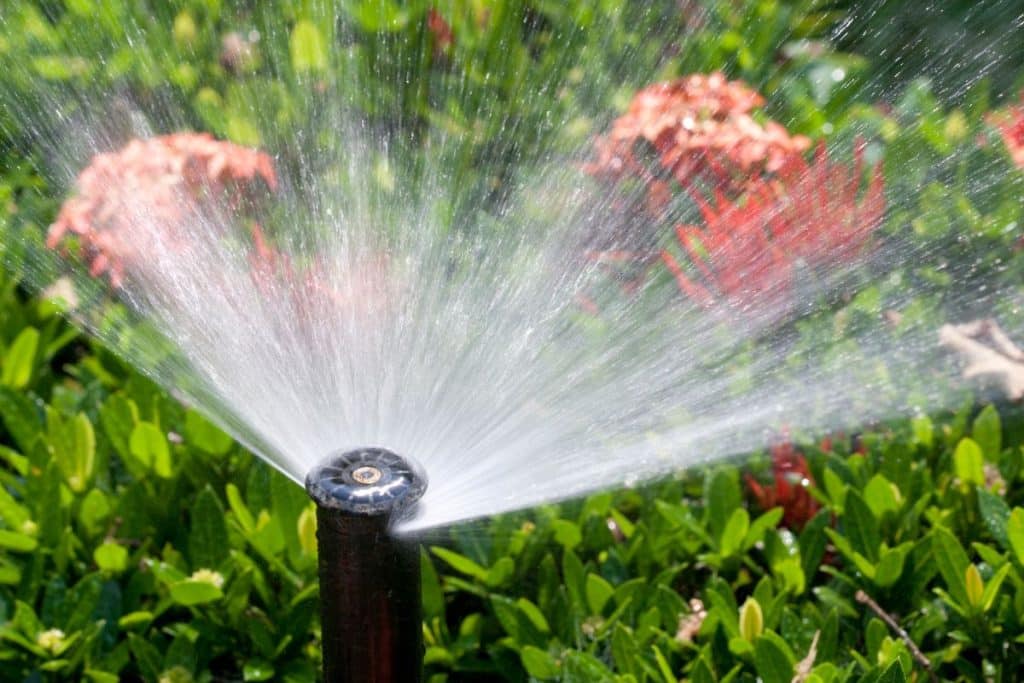
We have an automatic sprinkler system, but mostly leave it off except in the dry, hot summer months. I turn it on only when we haven’t had rain for days.
Use water you don’t want to drink, but that is still good for your plants. For instance, stale dog bowl water, water you used to boil eggs or pasta, water you used to steam vegetables, etc. Every little bit helps, and your plants will appreciate any added minerals.
Save Energy
Turn off lights and electronics when not in use. Consider switching to LED bulbs and energy-efficient appliances.
We have swapped out all our old thermostats with Nest units and can manage heating and cooling more efficiently. We have it set to geo-fencing, so it knows when we are not at home and slips into a more eco-efficient mode. Not only are Nests environmentally conscious, but they also save you money! On average, Nest users will save 10 – 12% on heating costs and 15% on cooling costs.
Check with your power provider; ours provided a discount on the thermostats.
Bring Your Own Produce and Grocery Bags
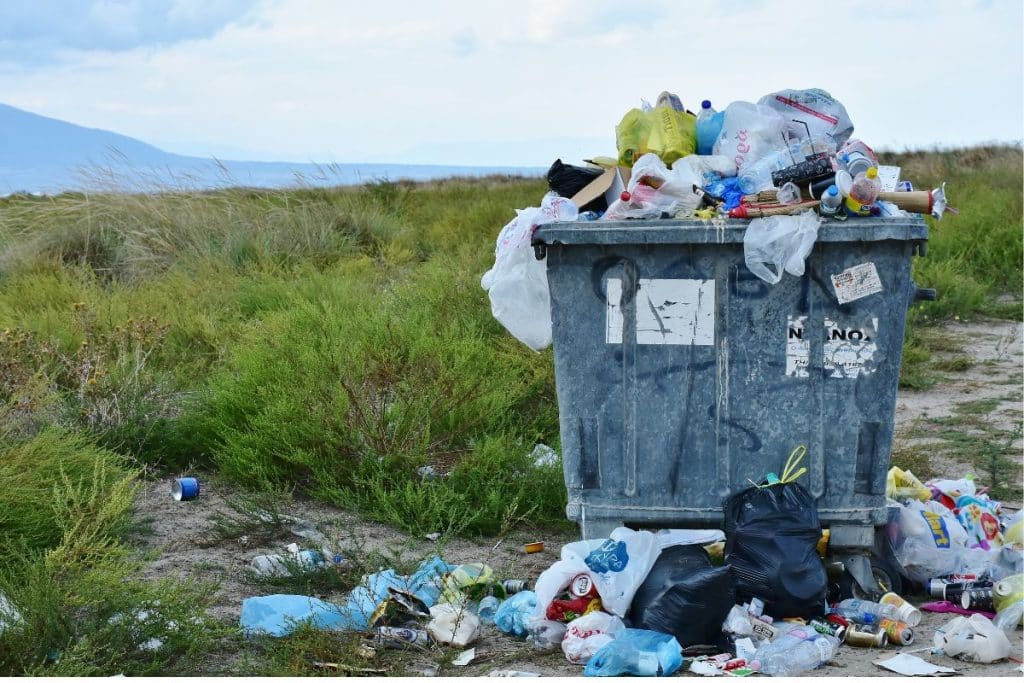
Bringing your own bags when you go shopping can greatly reduce the use of single-use plastic bags, one of the most prevalent forms of litter. Plastic bags often end up in landfills, oceans, and other natural environments, where they can harm wildlife and take hundreds of years to break down.
Petroleum, natural gas, and chemicals are used to produce plastic bags. Lowering demand reduces pollution, including emissions that harm air quality and contribute to climate change.
In addition to being environmentally conscious, reusable bags are typically more durable than their plastic counterparts, making them better for carrying heavy groceries without breaking. Many also come with comfortable handles or are designed to be easily foldable and portable, enhancing convenience.
Refillable Keurig Cups
I know it is an extra step in the morning, but using a refillable Keuring cup keeps all those pods out of the landfill and are thereby much more environmentally conscious.
Single-use pods, such as K-Cups, are commonly composed of plastic and aluminum. Unfortunately, the majority of these pods end up in landfills. Due to their small size and the combination of materials, they cannot be easily recycled in standard municipal recycling systems. As a result, billions of these pods fill up landfills every year, and it can take hundreds of years for them to decompose.
Stop Using Paper Towels and Paper Napkins
Growing up, my mom was both budget and environmentally conscious, and we used fabric napkins instead of paper ones. This was before being eco-friendly was popular. Therefore, I never had to make the switch from paper to cloth. I understand that transitioning to using cloth napkins can be challenging, but I’m here to tell you that it is definitely achievable!
Many households contribute to the waste that ends up in landfills by using paper towels and paper napkins that are only used once before being thrown away. This can be easily avoided by switching to fabric napkins, which can be used repeatedly and significantly reduce the amount of waste generated over time.
When we use paper towels, we not only create waste but also contribute to deforestation, water usage, and energy consumption during manufacturing. Using cloth napkins, especially if they are made from eco-friendly materials like organic cotton or linen, is a sustainable alternative. Cloth napkins have a longer lifespan and require fewer natural resources per use compared to paper towels.
And yes, you do have to wash your cloth napkins. But, if you have enough you can just toss them into your washing machine with your regular wash, without having to do a special cycle.
If you intend to use cloth napkins for each meal and you do laundry once a week, it is recommended to have at least one napkin per person per meal. This means you should have around 7-14 napkins per person per week, assuming you will use one or two napkins per day for meals, and accounting for extra napkins for guests or meals that may be messier than usual.
I have a stash of everyday napkins and a stash for ‘company’ napkins. You can find good-quality cloth napkins at a reasonable price on Amazon. I just recently refreshed my everyday stash with these and can speak to their quality for everyday use.
And if you are feeling crafty, you can make your own napkins. This post shows how to sew cloth napkins and add a crochet trim. And this post shares how to make fringe-edged linen napkins.
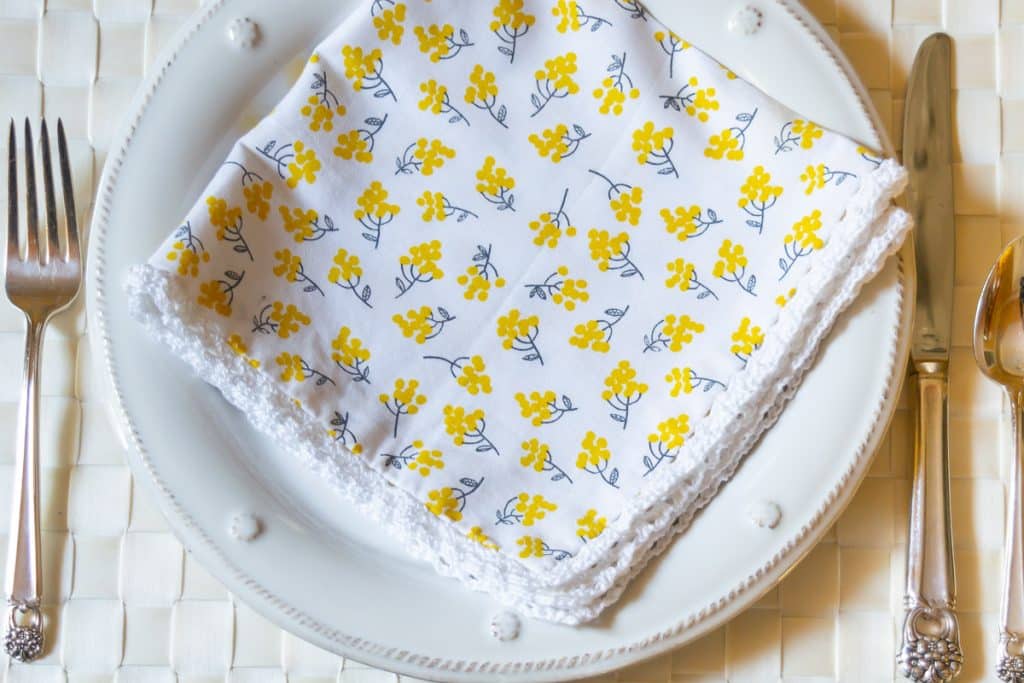
Buying in Bulk is Environmentally Conscious
Bulk items typically have less packaging than individually packaged products. Less packaging means fewer resources like plastic and cardboard are used, reducing the waste in landfills.
In addition to being environmentally conscious, buying in bulk will often be better for your wallet, too!
Vinegar Weed Killer
Commercial herbicides can be harmful to both the environment and our health. Studies have shown that broad-spectrum herbicides that kill weeds can also harm non-target plants. This can lead to reduced biodiversity in treated areas, which can negatively affect insects, birds, and other wildlife that depend on various plants for food and habitat.
Weed killers have the potential to harm the balance of microorganisms in soil. These chemicals can eliminate beneficial microbes that help break down organic matter and recycle nutrients, leading to poor soil health and reduced fertility. Additionally, herbicides have the potential to contaminate groundwater or runoff into nearby bodies of water, such as streams, rivers, and lakes. This contamination can have adverse effects on drinking water sources and aquatic ecosystems. Moreover, certain herbicides are known to persist in the environment and can accumulate over time, which can worsen their impact.
Finally, exposure to certain herbicides has been linked to a range of health issues, including respiratory problems, skin and eye irritation, and more severe consequences such as endocrine disruption and even cancer.
In an attempt to avoid all of the above and be more environmentally conscious, I’ve switched over to a vinegar-based weed killer. I’ve been using this more natural weed killer for four years now and will never switch back to the more harmful herbicides.
Tips for an Eco-Friendly Kitchen
The kitchen is a prime area of your home to focus on eliminating waste and improving sustainability. I have a slew of tips for a sustainable, eco-friendly kitchen here.
Thanks so much for spending a few minutes of your busy day with me!
To ensure you don’t miss future content, pop your email in the pale green box on the right or click here. I usually send one email weekly, so I won’t inundate your inbox. I’m sensitive to an overflowing email inbox!
We will only use your email address to send you emails, no more than 1-2 weekly. In addition, you will have access to my growing library of knit & crochet patterns and other printables. Check back often as this library will continue to grow. You can unsubscribe anytime by emailing me or clicking on the “unsubscribe” link at the bottom of all emails.
And you can access many of the products I refer to on my Nourish and Nestle Amazon Page. You can access it here.
So, if you’d like to participate in the ‘subscriber benefit’ action, simply subscribe to Nourish and Nestle here or use the form on the right sidebar. It’s slightly towards the top.
I have sent all my subscribers the link to the Subscriber Benefits Library. If you missed it or misplaced it, let me know.
Until next time…


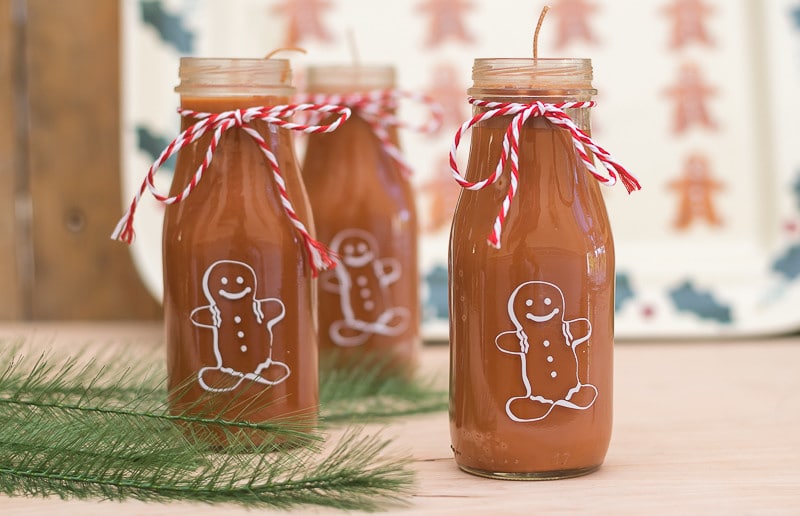
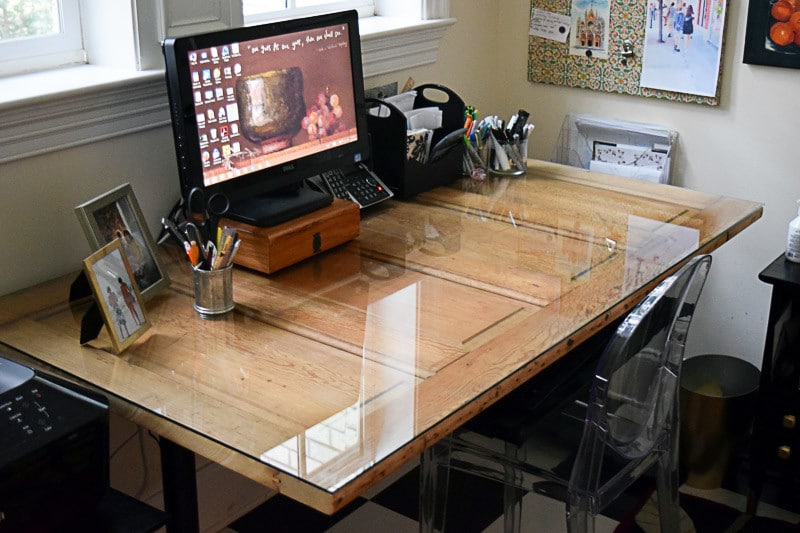
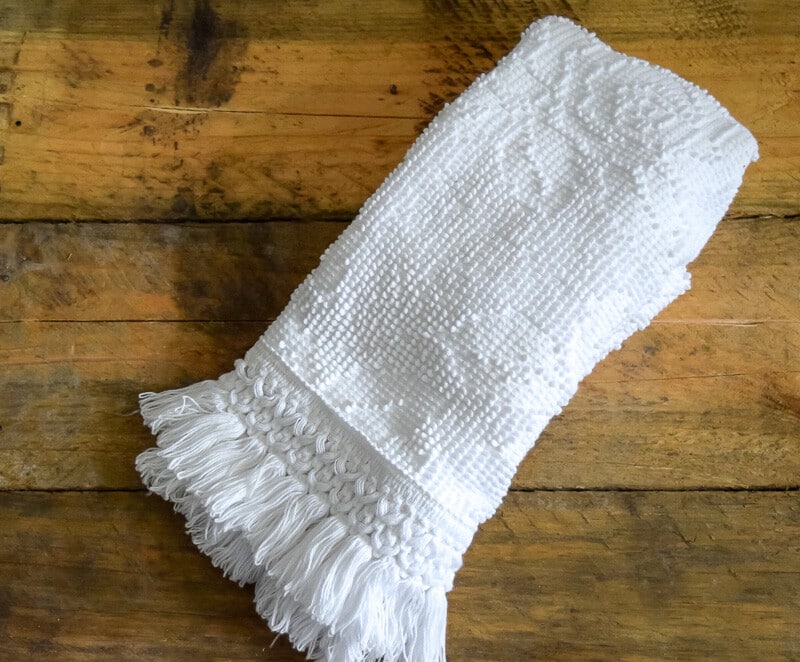

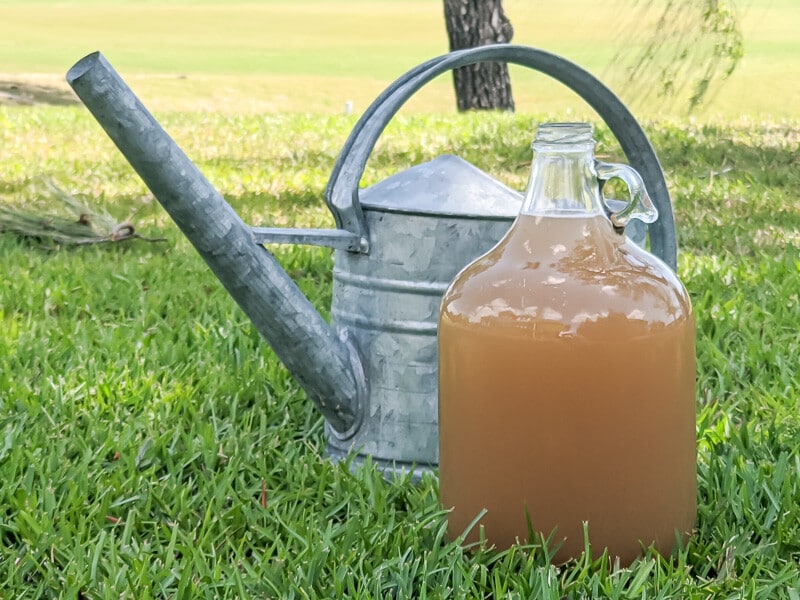
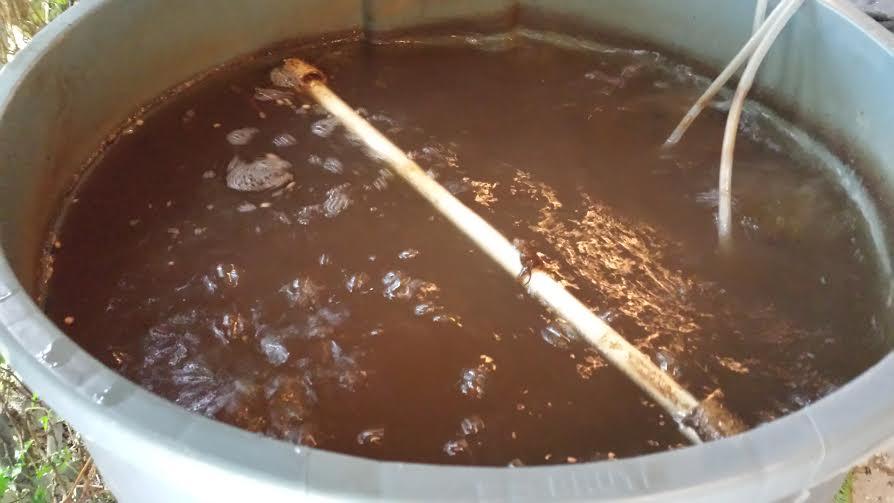
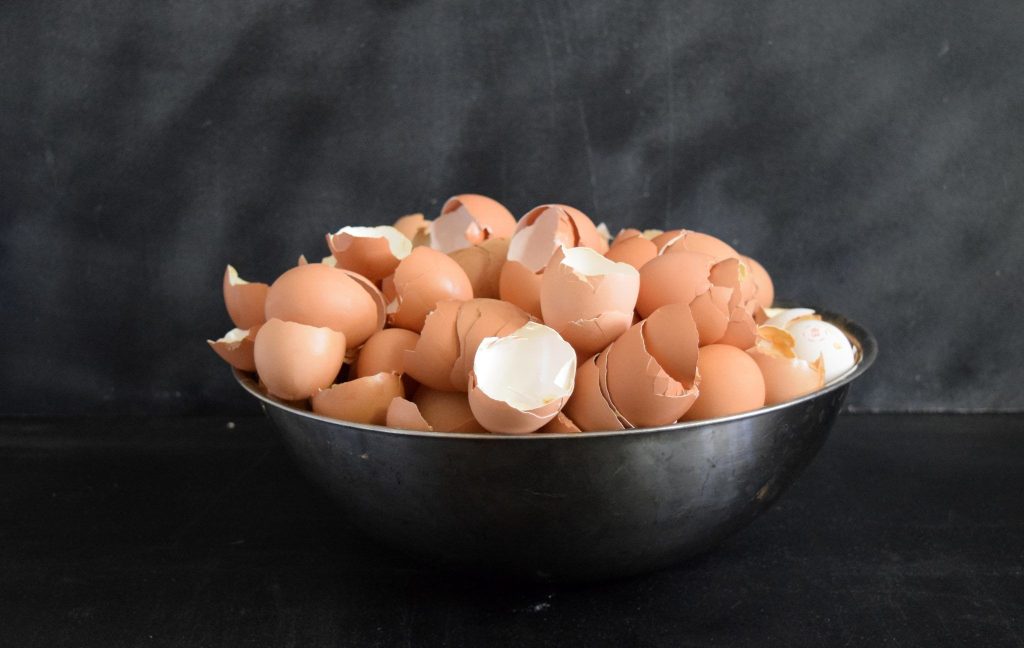




Thanks for this informative email, Lynn. I’ve been using the Method brand of dishwashing liquid and toilet bowl cleaner for at least 10 years. The products smell great and do a good job. https://www.amazon.ca/s?k=method+cleaner&hvadid=667162450727&hvdev=c&hvlocphy=9001307&hvnetw=g&hvqmt=b&hvrand=31867477842270099&hvtargid=kwd-298765429596&hydadcr=23341_13656906&tag=googcana-20&ref=pd_sl_6elcwaftts_b
I, as well, have been using cloth napkins for years and have found lovely, never used napkins at thrift stores.
Hope you have a great day!
Hi Mary,
I hadn’t even considered buying my napkins at the thrift store, but I surely will now. And thanks for the review on Method. I’ve always liked every product of their I have used and it is good to know you’ve had good experience as well.
Thanks so much for writing in with your tips and reviews.
Have a great day!